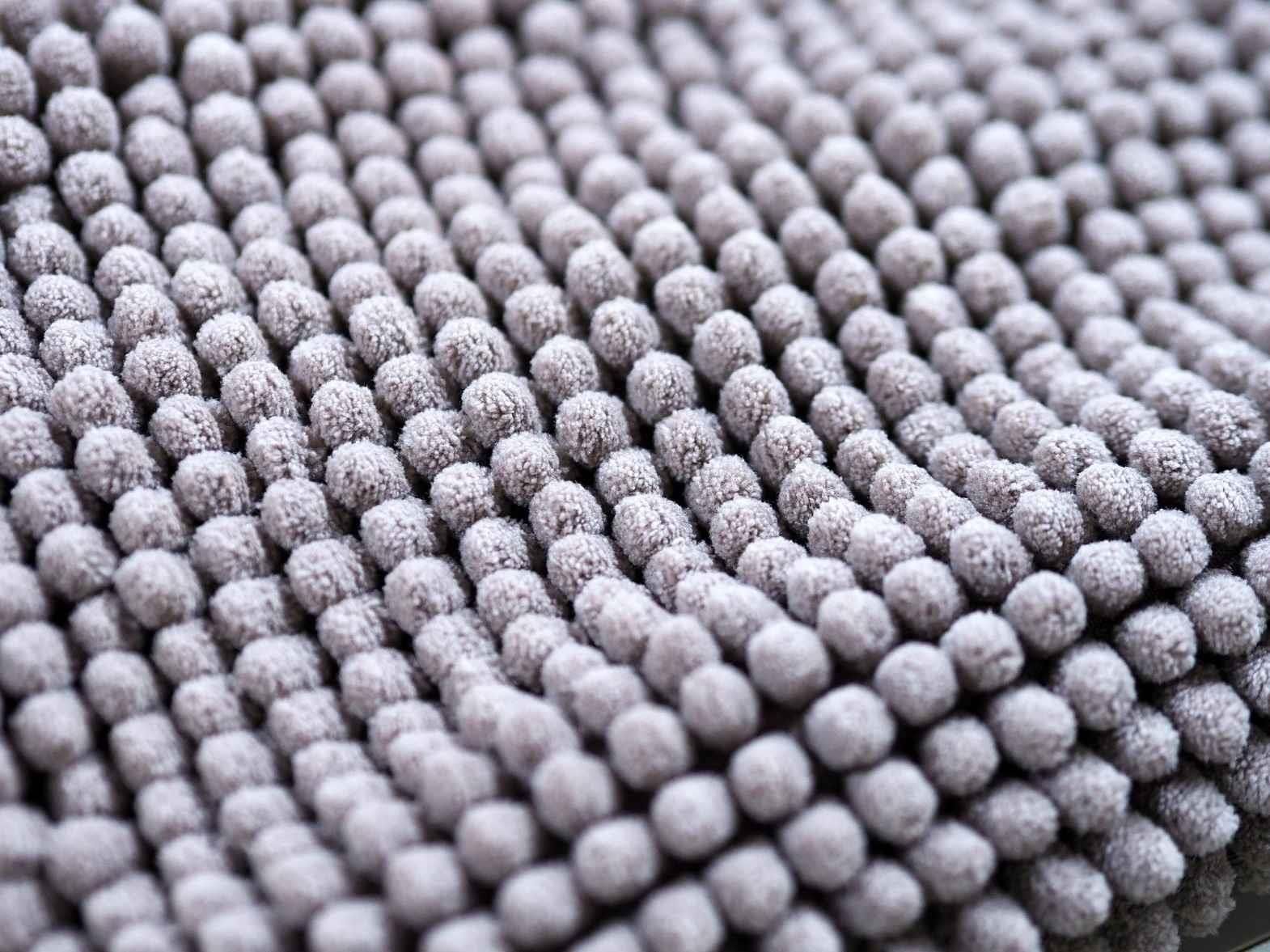Taking the textile industry a step further to the future of fabrics is a mind-boggling invention of different self-healing materials. There are several strategies used in the industry to achieve such results on fabrics, such as reversible cross-links, using nanotechnology that releases healing agents, and employing technologies like shape memory effect, nanoparticle migration, electrohydrodynamics, conductivity, and co-deposition.
The self-healing or the automatic repairing gave rise to the innovative idea of self-repairing textile materials. However, the concept of self-repairing has been common in the plastic, ceramic, and metal industries. Increasing the life of assets can be a huge cost-saving for consumers and will become a highly desirable product in any sector. There is a huge buzz around the business of self-repairing products. Around 200 papers have been published in the year 2011, generating curiosity everywhere. Re-healable polymers and composites are popular technologies being used to create self-repairing products in metals and ceramics.
Hence the self-repairing technology has also found its way into textiles and garments. The ability of a material to heal automatically is the most promising functionality in smart textiles currently in the whole industry. The capability of textile materials and fabrics to do so can ultimately lead to long-lasting products without much maintenance. Such technology and smart textiles will require fewer resources for structural applications.
Considered to be a concept that was pursued as science fiction by many in the textile industry is now a reality. An innovative layer of textile coating can now heal materials by sealing small holes and little tears in the surface layer. This technology has originally been made for waterproof workwear gear for professional fishermen. The teams of researchers and scientists from a Scandinavian country have developed this piece of intelligent raincoat.
The technology uses the plastic material polyurethane, which when applied in the liquid state to the surface of the textile that is underlying in the professional raincoat, eventually hardens. The coating is created by adding micro-capsules that are glue-like substances of the healing agent to liquid polyurethane, and on hardening creates a resilient bond with the textile. Hence when there is a tear in the coating, the capsules burst in the area that is damaged. The sealant when it comes in contact with the air and water hardens, and the coating seals itself. The experiments in the laboratory have produced positive results, but there are a few obstacles that need to be cleared before the product is commercially available. The fact that the textile material can heal tears more than a certain millimeter and how water-resistant are the micro-capsules in producing the glue-like effect need to be worked upon. Nonetheless, a novel technology like this has a lot of potential in the future of smart textiles.
Another self-repairing textile technology displays a rubber like behavior. The molecules in such materials associate to form a super molecular rubber which contains cross-links and chains both. The rubber like substance can be stretched and it still returns to its original structure. By bringing the surfaces together at room temperature for a couple of minutes the material can be repaired automatically and all damages can be healed.
Using a similar rubber polymer ripped garments can be self-mended by shining some Ultraviolet light upon it. Just like with the help of heat certain materials can be healed, using ultraviolet light the area to be fixed can be exposed to it, causing the material to liquefy momentarily, which later lets the polymer cool and solidify by repairing the tears and holes in a garment.
With the textile and garment industry considering environment and sustainability issues, self -repairing textiles and clothing can help reduce the amount of wastage and resources to produce garments, and increase the durability of a textile product. Such innovations can transform the system of fabrics towards replenishing the resources of our planet and helps develop materials that are smart yet focus on the positive environmental impact.
The textile industry is progressing towards creating more functional products and smart fabrics for a sustainable and greener future. Many brands and retailers are joining hands with innovators and researchers in the field of sustainability for a more responsible future. The concept of self-healing however is rapidly being used in the metal, ceramics, and the plastic industries, but is still in a very nascent stage in the textile industry. With textile researchers and scientists using several different substances to get the desired output of self-repairing garments, the idea is technologically challenging but the possibilities are viable.
References:
1. Ecouterre.com
2. Architectmagazine.com
3. Sciencedaily.com
4. Blogs.scientificamerican.com
5. Launch.org









Comments